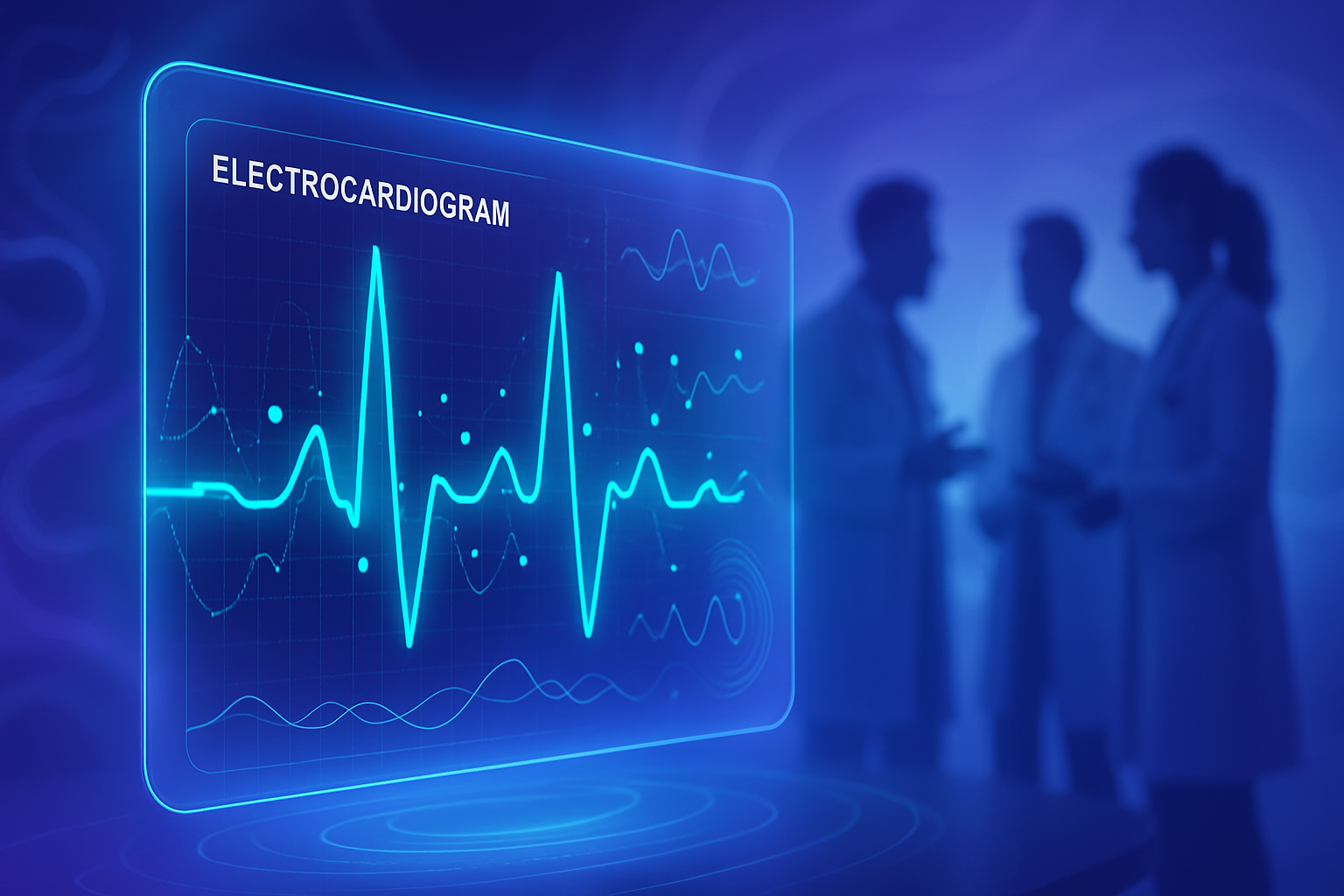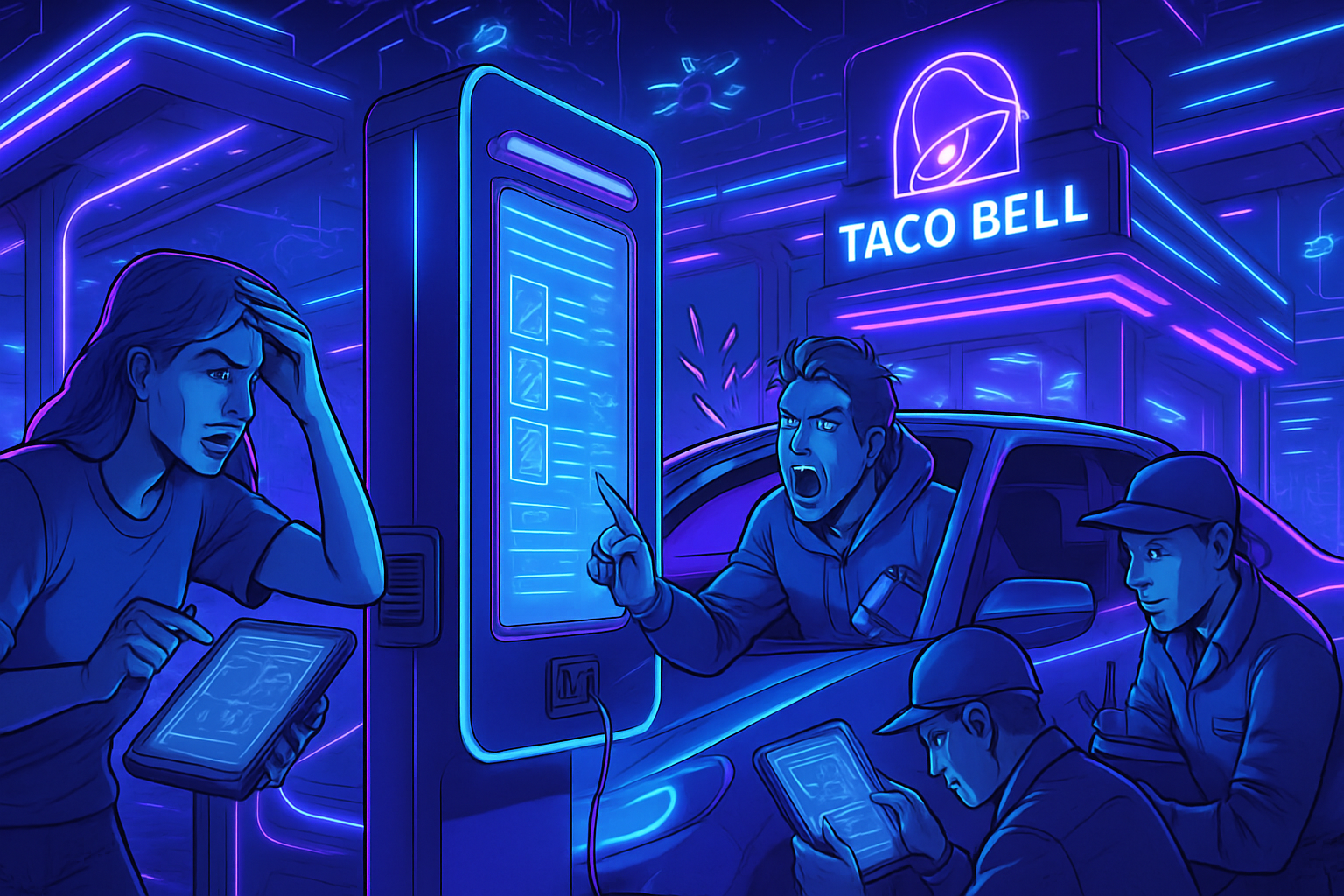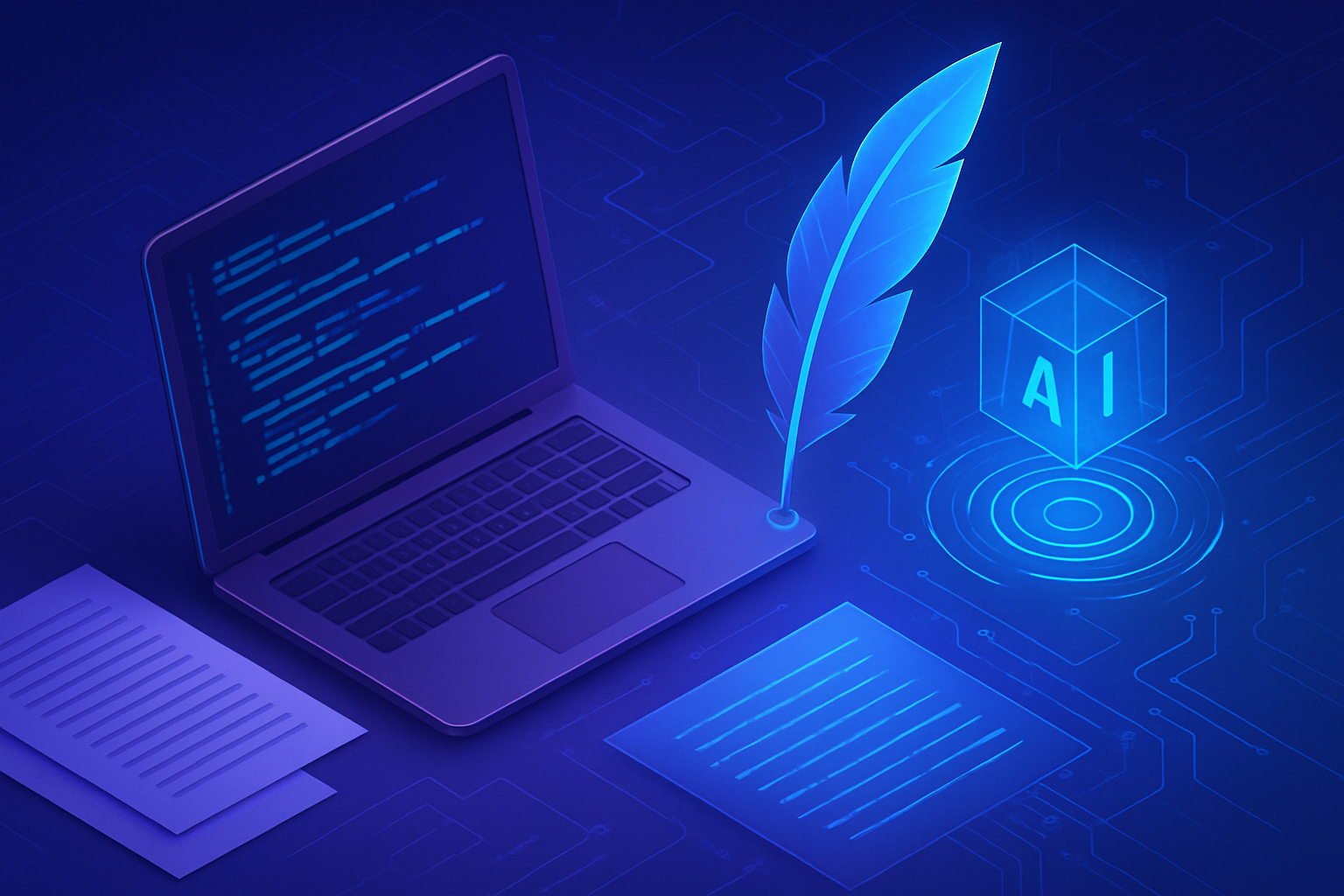Revolutionizing industrial production requires a radical transformation of processes and methods. The smart connection of machines paves the way for unprecedented innovations. Anticipating needs and minimizing disruptions becomes a strategic imperative. Companies are confronted with decisive challenges such as securing supply chains and optimizing equipment efficiency.
Advanced technologies and artificial intelligence are transforming factories into true interconnected ecosystems. With predictive solutions, industry players can leverage real-time data, thereby reducing downtime and improving productivity. The synergy between technological innovation and operational efficiency now defines the contours of Industry 4.0.
Supply Chain Optimization
Supply chain management represents a major challenge in the industrial sector. Delivery delays of components, particularly those intended for SMT and PCB assembly, have significant repercussions on production. A supply chain disruption can lead to a slowdown, or even a sudden halt, of the manufacturing chain. In response, intelligent logistical solutions are essential, seamlessly integrated into production processes.
Predictive Maintenance of Equipment
Maintaining machines is a second essential challenge to ensure optimal OEE (Overall Equipment Effectiveness). Minimizing unexpected downtime and optimizing equipment performance have become priorities. Traditional methods, often costly and ineffective, are no longer sufficient. The adoption of predictive maintenance systems allows for anticipating potential failures, thereby ensuring continuity of operations.
Intelligent Automation Technologies
The concept of “Autonomous Factory” relies on cutting-edge technologies aimed at transforming industrial production. Thus, program changes can occur in less than five minutes, thanks to new screen printing techniques. This advancement provides unprecedented flexibility to production lines. Self-adjusting and self-loading feeders promise a significantly accelerated implementation of components, reducing human errors.
Benefits of Automation
These innovations enable rapid reconfiguration of production lines, resulting in significant time savings. The assurance of consistent quality relies on the precision and speed of these machines. The fluidity of operations thus becomes an essential standard in the modern industrial landscape.
Role of Artificial Intelligence
The integration of artificial intelligence in connected factories has completely transformed production methods. AI acts as a co-pilot, monitoring equipment performance in real-time while identifying anomalies. This intelligent automation allows for seamless coordination between different machines.
Anticipation of Maintenance Needs
In practice, AI processes machine data, anticipating maintenance needs to prevent unexpected downtimes. This system contributes to cost control, leading to increased productivity. The synergy between technology and operations results in significantly more efficient production processes.
Toward an Interconnected Ecosystem
The development of high-performance machines fits into a broader framework: that of a true interconnected ecosystem. Printers, placement machines, and inspection systems communicate with each other and with third-party solutions. This integration strengthens collaboration between clients and technology partners, fostering the emergence of concrete solutions tailored to field needs.
Integration of AI and Inter-Machine Communication
The challenge goes beyond simply improving the technique. It involves integrating artificial intelligence into daily operations, accelerating configurations with innovative feeders, and enhancing communication between machines. The future of electronic production is already present, marked by rapid advancement toward smarter and more connected systems.
The streamlining of processes thus engages towards a more efficient and integrated production model. Technological developments pave the way for a new era, where intelligence and prediction transform the industrial landscape.
Frequently Asked Questions about the Era of Intelligence and Prediction in Connected Industrial Production
What are the main technologies used in the intelligent automation of factories?
The main technologies include artificial intelligence, IoT (Internet of Things), industrial vision systems, and predictive maintenance algorithms.
How does artificial intelligence help improve equipment efficiency (OEE)?
Artificial intelligence continuously analyzes machine data, identifies anomalies, and anticipates maintenance needs, which reduces unexpected downtimes and optimizes overall performance.
What are the advantages of self-adjusting feeders in production?
Self-adjusting feeders allow for quicker setup of components, reduce human errors, and ensure high precision in the production process.
What types of analyses can be performed with predictive maintenance systems?
Predictive systems enable the analysis of equipment performance data, identify trends, and predict potential failures, thus improving maintenance planning.
How does intelligent automation impact the responsiveness of production lines?
Intelligent automation promotes ultra-fast program changes, reducing downtime between runs and allowing for greater flexibility in production.
What are the implications of a fully connected factory on logistics?
A connected factory integrates intelligent logistical solutions that optimize supply management and improve process fluidity, significantly reducing the risk of disruption.
How can quality in production be ensured while increasing speed through automation?
By using advanced quality monitoring and control technologies, automated systems can detect errors in real-time while maintaining a high production pace.
What are the major challenges faced by manufacturers in Europe today?
Manufacturers in Europe are facing the securing of supply chains and the need to continually improve equipment efficiency to remain competitive.
Why is it essential to collaborate with technology partners in the context of the intelligent factory?
Collaborating with technology partners allows for the development of tailored solutions that meet specific customer challenges and ensures effective interconnection of systems within factories.






